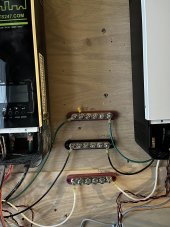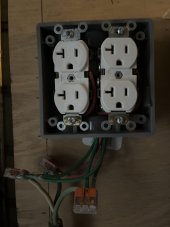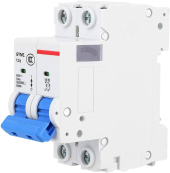Zero_PD
New Member
So I'm wiring up two Growatt 3k's in parallel. In the manual it shows the Line and Neutrals tied together in parallel, and your load (in my case a couple outlet receptacles) will tie to those now-paralleled AC outputs.
Thanks!


- What about ground? Does the Ground AC output need to be tied together between the inverters? If not, which ground should I tie my outlet receptacles to?
- Will there be an issue if I do tie the grounds together as well, along with the line and the neutral, and then tie all three to my outlet receptacles? Currently, I've tied GND, Line, and Neutral together (see pic).
- When I was testing connections I found that Neutral and Gnd appear to already be tied together. Does this mean I should remove the Ground bar? And lastly, does this mean I only need to wire Neutral and Line to my outlet receptacles? Or can the GND connection to my outlet receptacle come from the Neutral distribution bar as well?
Thanks!





